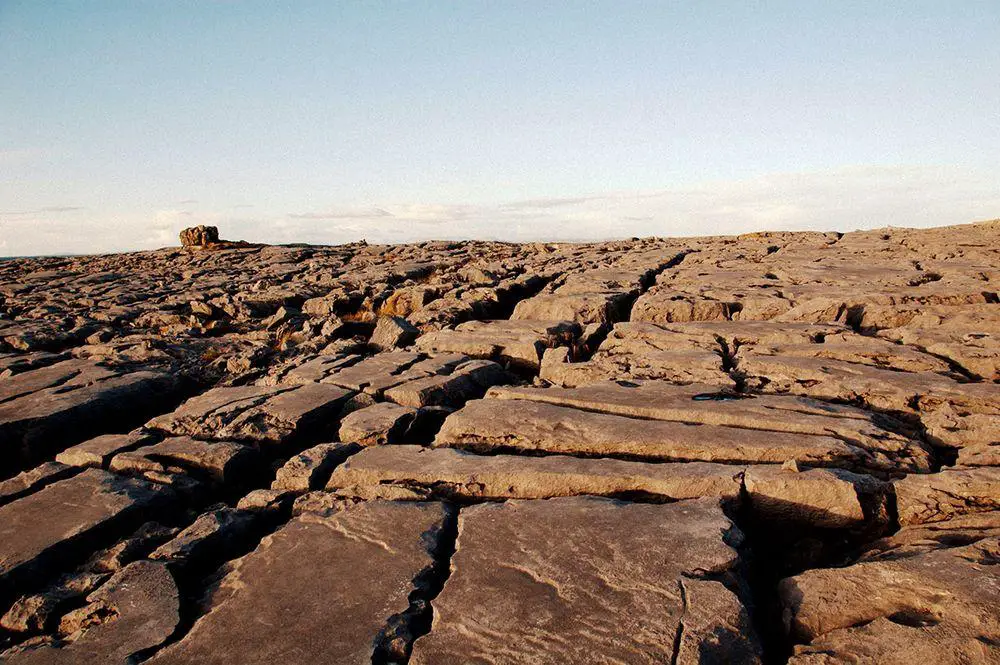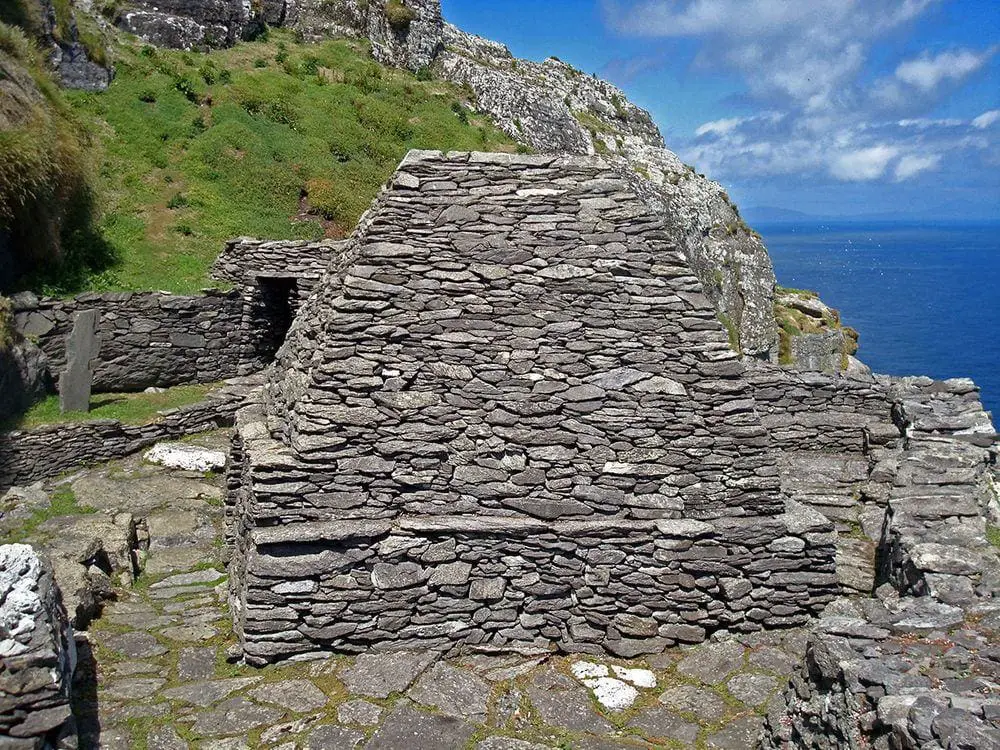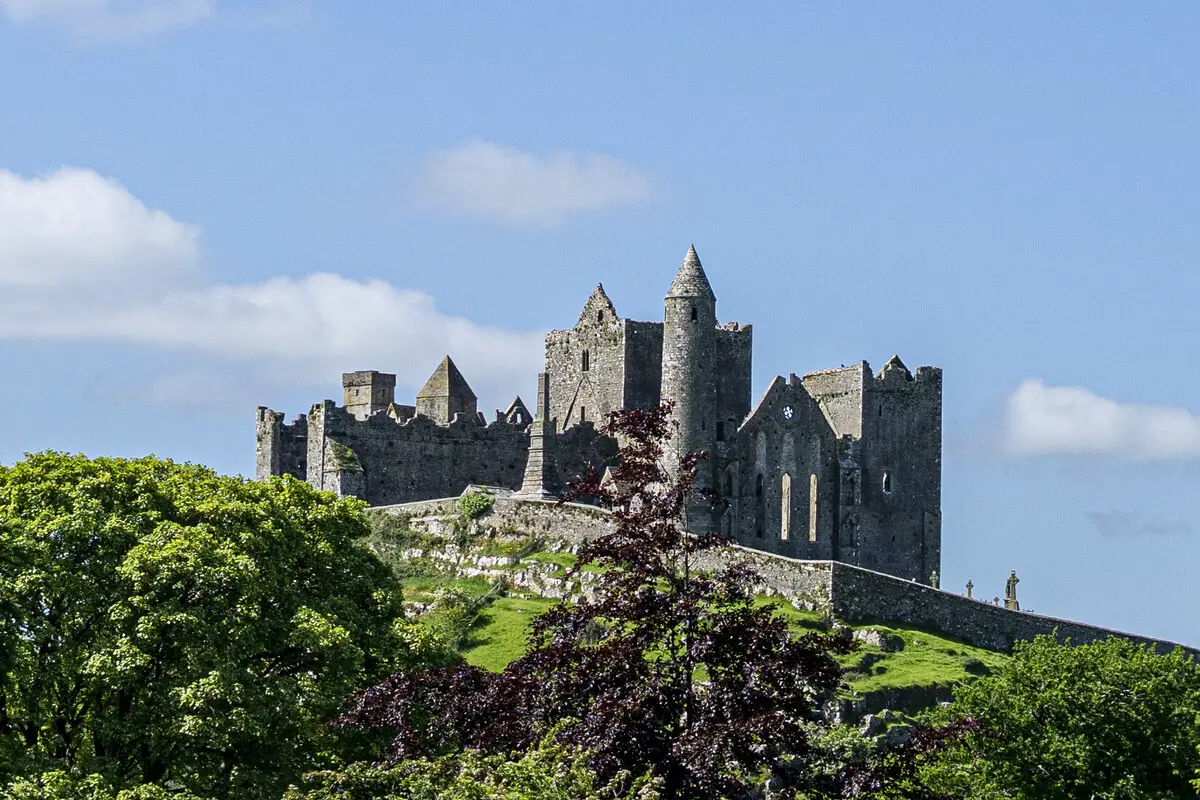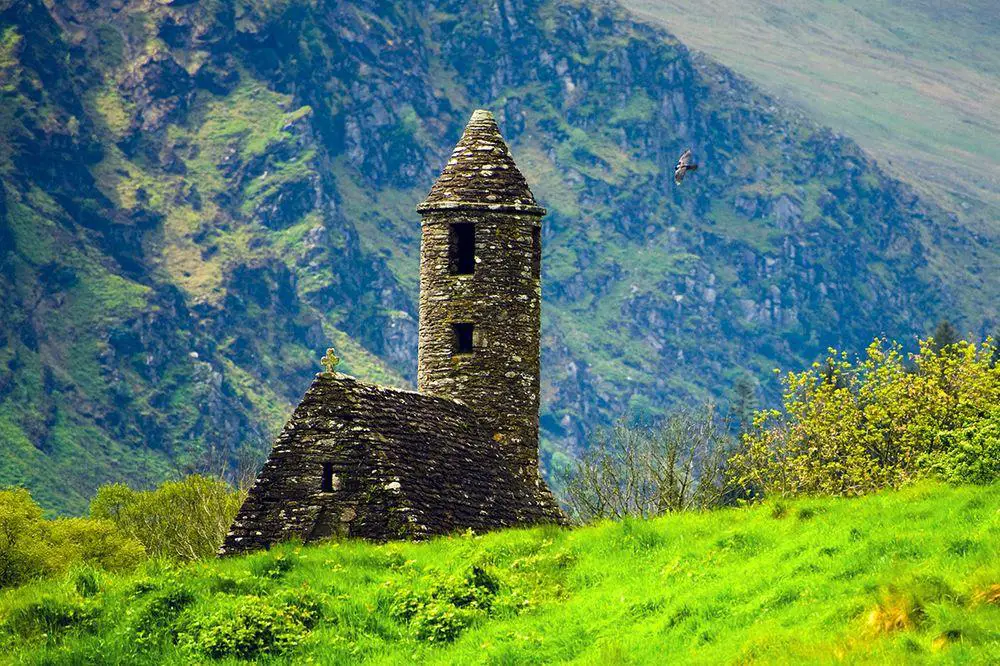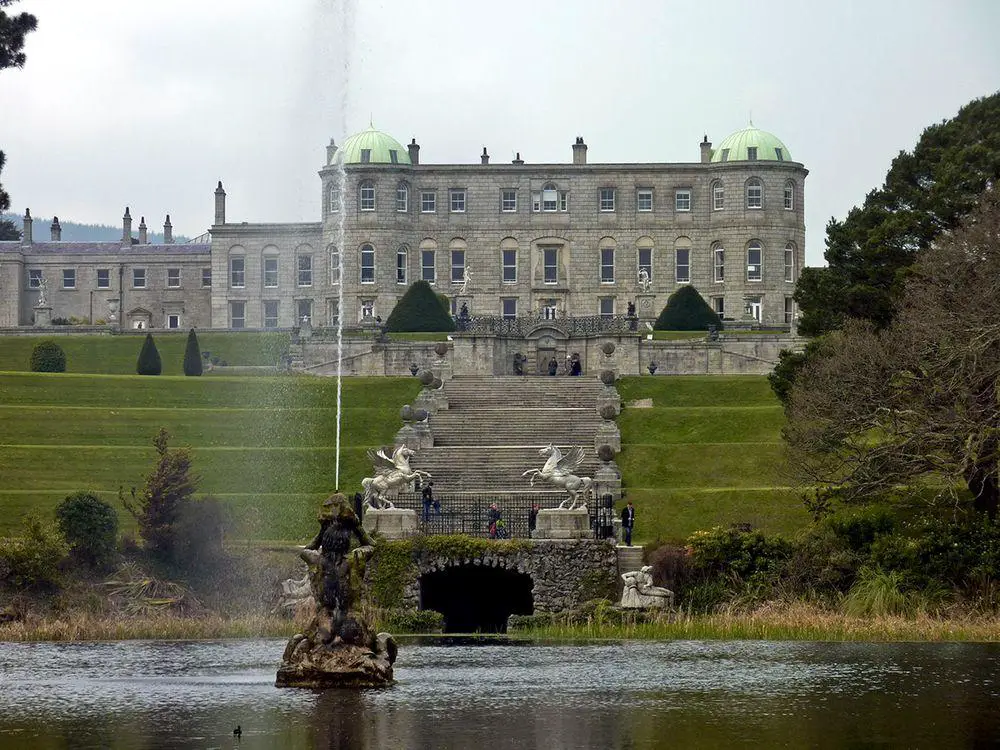Wondermondo 🢖 World 🢖 Wonders of Europe 🢖 Wonders of Ireland
Territory
Wonders of Ireland
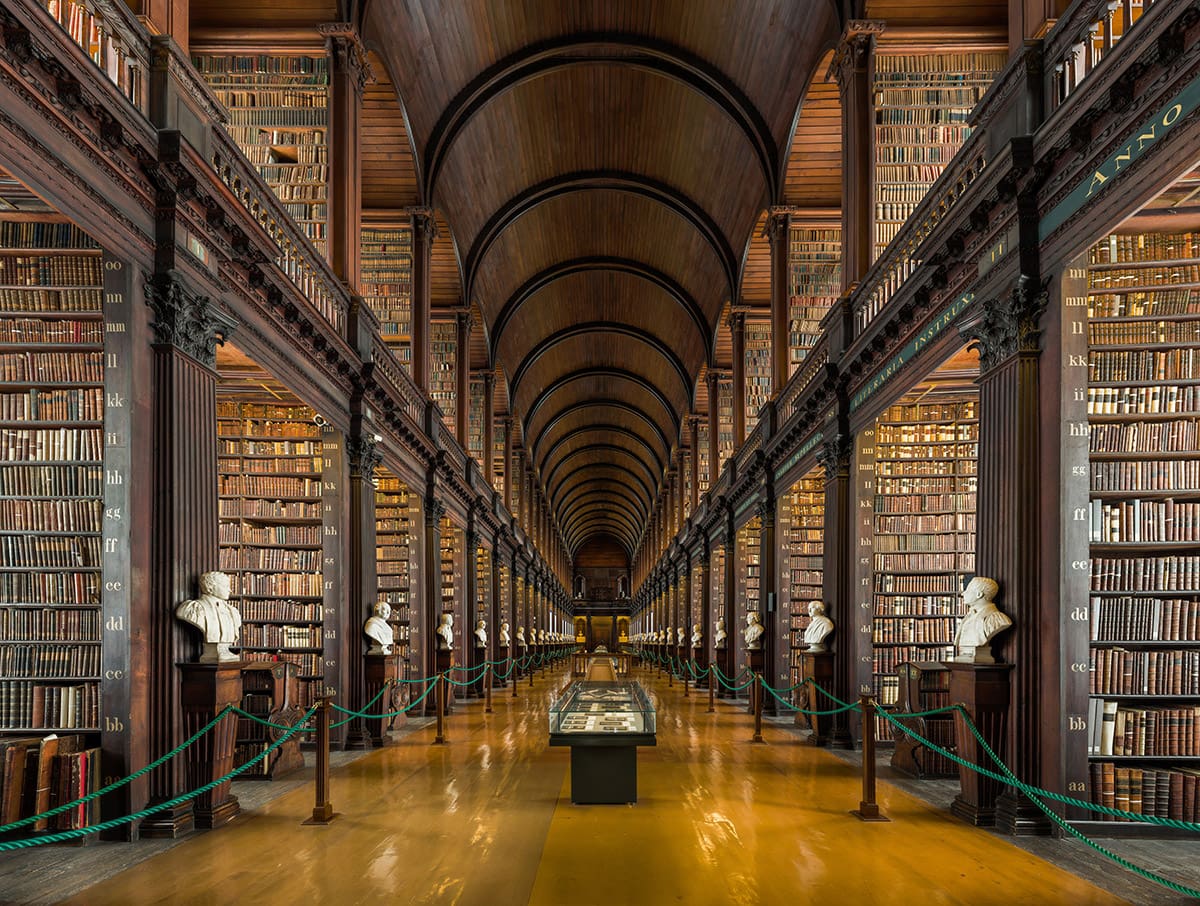
 Highlights
Highlights
Regarding the attractions and landmarks, Ireland definitely has its own style! There are few other countries in Europe with such a wide array of archaeological and early medieval heritage. In some places this island is virtually packed with multiple unusual monuments – witnesses of bygone times, bearers of unique traditions in art, architecture, philosophy. The most unusual wonders of Ireland are:
- Megalithic passage graves. At first these comparatively small structures seem to be not that impressive until we find out that more than 5000 years ago people were able to build such complex structures, aligning them with stars and Sun at certain time of the year.
- Early medieval monasteries. Elsewhere in Europe the fall of Roman Empire brought tumultuous times and thus to Ireland in the 4th – 6th centuries came educated people. They established monastic schools that became significant intellectual centres of Europe north from the Alps. Very special landmark is the unique Skellig Michael monastery, located on almost inaccessible island – cliff rising from the stormy Atlantic Ocean.
Map with the described wonders
If you see this after your page is loaded completely, leafletJS files are missing.
 Top 25 wonders of Ireland
Top 25 wonders of Ireland
Geological wonders
Burren in Clare County
Clare
One of the best examples of glaciokarst anywhere. These undulating hills, for the most part, consist of barren limestone pavements. In the cracks of limestone grow an unusual community of plants – a mix of the Arctic, alpine and Mediterranean species.
Aillwee Cave
Clare
1,030 m long cave with an underground river, waterfall, and some impressive stalactites, and stalagmites. Here have been found remnants of bears.
Archaeological wonders
Skellig Michael monastery
Kerry
Exceptionally well-preserved remnants of an early medieval monastery located in a dramatic landscape – a cliff in the sea. This Christian monastery was founded here sometime in the 6th – 8th century AD and was occupied until the 13th century. The monastery was built on artificial terraces and contained six beehive cells, two oratories, a church as well as stone crosses and slabs.
Newgrange
Louth
Most famous megalithic site in Ireland: a tomb hill, 76 meters wide and 12 meters high with a passage grave built between 5500 – 3200 BC. Renowned due to its astronomic positioning: at the dawn of winter solstice day Sun shines through the 18-meter long passage.

Grianan of Aileach
Donegal
Very well preserved stone ringwall from the 6th – 7th century AD, the seat of the Kingdom of Ailech. The wall is some 5 m tall, and 4.5 m wide.
Clonmacnoise
Offaly
Ruins of an early medieval monastery, founded in 544 AD, a major center of religion, crafts, and teaching by the 9th century AD. By the 11th century, it was a town with some 2,000 inhabitants, and here were created some of the most beautiful stone and metal works in Ireland. Declined after the 12th century, now extensive ruins of many buildings remain. Here are also many fine sculptures, and exquisitely carved stone crosses.
Dún Aonghasa (Dun Aengus)
Galway
Very impressive prehistoric fort made from stones. The first construction was made here around 1100 BC and further fortifications were built around 500 BC. Fort consists of four concentric walls on the cliff that towers some 100 m above the sea. It most likely was rather a religious and not military site.
Knowth
Meath
Passage grave from the Neolithic age, roughly 2500 – 2000 BC. The largest mound is some 12 m high and 67 m in diameter, there are also 17 smaller tombs. Passages and kerbstones in these tombs are adorned with megalithic art – here is concentrated approximately one-third of all megalithic art of Europe, with more than 200 decorated stones.
Hill of Tara
Meath
Group of important archaeological monuments related to the legendary High Kings of Ireland who in the Iron Age and also in the early Medieval Ages ruled over the whole of Ireland. The central feature of Tara is a high hill with many man-made earthworks on it. The largest is a 318 by 264 m large ringwall with smaller earthen structures inside it. Inside this ringwall is a standing stone believed to be a Stone of Destiny where High Kings were crowned. To the north of this complex is Dumha na nGiall – Mound of the Hostages, a Neolithic passage tomb that was built around 3400 BC.
Dowth
Meath
Neolithic passage grave, made approximately in 2500 – 2000 BC. The largest tumulus here is some 15 m high and has a diameter of some 85 m. Some kerbstones still are in their original places at the sides of the hill, some stones are decorated. Passages of the grave most likely have been orientated to the winter solstice.
Architecture wonders
Rock of Cashel
Tipperary
An enormous castle and later church, seat of the kings of Munster. It was donated to the Church in 1101. One of the most impressive medieval castles anywhere. The tallest part is a 28 m tall round tower from 1100 AD, made from dry stone. Impressive is Cormac’s Chapel – a sophisticated Romanesque structure with a beautiful fresco.
Trim Castle
Meath
The largest Norman castle in Ireland, built in the 12th century. It consists of an impressive keep (donjon) with three floors and an unusual form – in the plan it resembles a cross. Around it have been built massive curtain walls.
Glendalough monastery
Wicklow
Remnants of an Early Middle Age monastery and settlement around it. This monastery was founded in the 6th century AD by St. Kevin. It was an important center of knowledge and teaching where were written and copied manuscripts. Visible remnants of structures were for the most part built in the 10th – 12th centuries. Especially impressive is the gateway with granite arches, the impressive Round Tower that is some 30 m high, the cathedral, the rebuilt Priest’s house in Romanesque style, and several churches.
Ross Castle
Kerry
Tower house and keep from the late 15th century, home of the O’Donoghue clan. The tower house has five floors. Site of legends about ghosts, especially on May Day.
Clondalkin Round Tower
Dublin
One of the oldest and best preserved round towers – typical Irish medieval fortifications. This tower is 25.6 m tall and has its original conical cap. Tower was built in the 8th century AD.
Cahir Castle
Tipperary
One of the largest and best-preserved castles in Ireland. Construction of this castle started in 1142 and it was gradually rebuilt and extended until the 17th century. Castle has impressive outer walls.
King John’s Castle
Limerick
Very well preserved Norman castle, built in 1200 – roughly 1210.
Irish Houses of Parliament
Dublin
Historical building of the Irish Parliament, an innovative building for its time. Constructed in Neo-Classicism style, construction started in 1729. This building inspired numerous other famous Neo-Classicism style government buildings around the world including the US Capitol, and British Museum. Although the building now is used for a bank, it holds a high number of symbols and traditions of Irish parliamentarism.
Christ Church Cathedral in Dublin
Dublin
Major church, founded after 1028. Cathedral has a Romanic – Gothic appearance but much of it has been rebuilt in the Victorian times – 19th century. Impressive is the 63.4 m long crypt that was built in 1172 – 1173.
Trinity College Old Library
Dublin
An impressive building of the university library, built in 1712 – 1732. Especially impressive is The Long Room – 65 m long hall with 200,000 oldest books in the library. An item of special pride is the beautiful Book of Kells – an illuminated manuscript created around 800 AD.
Gallarus Oratory
Kerry
Primitive and unusual structure from stone, somewhat similar to an upturned boat. This is a rural Christian church. It most likely was built in the 12th century, although some consider that it was built in the time period between the 6th and 9th centuries.
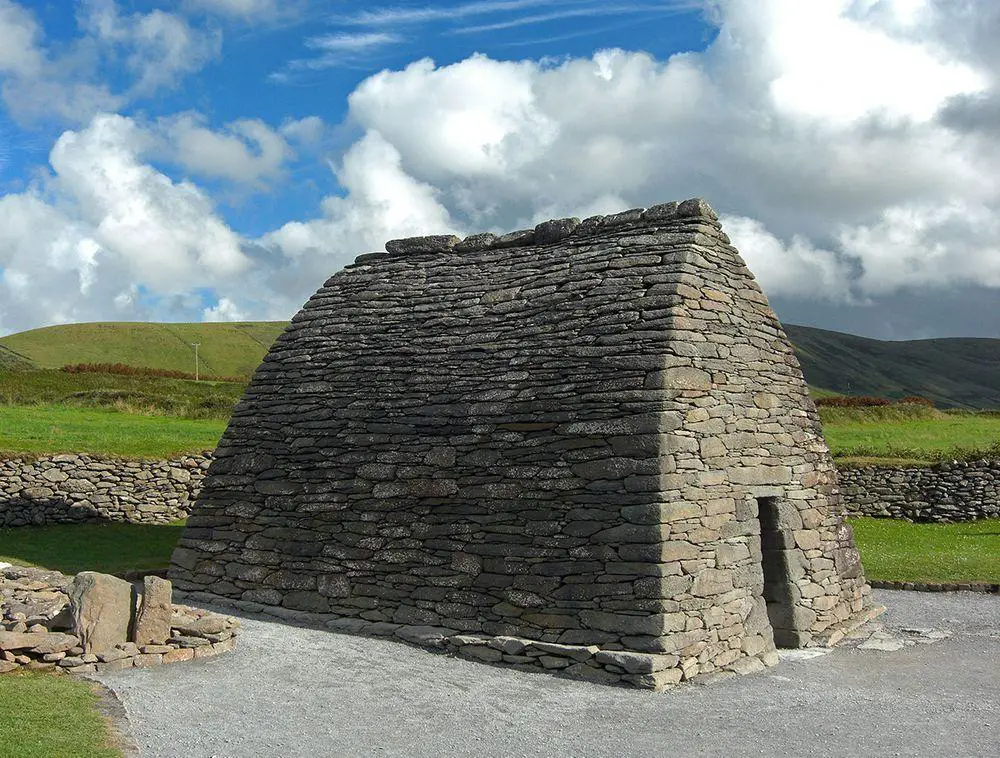
Monasterboice
Louth
Remains of an early medieval monastery. It was founded by St. Buithe in the late 5th century AD. The most interesting remains here are the ornate high crosses from the 10th century including the 5.5 m tall Muiredach’s High Cross – possibly the most beautiful example of Celtic stonework. Here is also some 35 m tall round tower and remains of two churches.
Powerscourt Estate
Wicklow
Majestic palace with gardens. In the 13th century here was built a castle that was rebuilt into a palace in 1731 – 1741. Around the palace are exquisite gardens, set in the 19th century. In the park grows a 61.5 m tall Douglas fir – the tallest tree in Ireland.
Abbey of Kells
Meath
Remnants of a monastery that was first founded around 554 AD and then later – in the early 9th century. Much of the Book of Kells was created here. The monastery is located in an earlier hillfort. A significant monument is a tall, slender guard tower as well as fine high crosses.
Birr Castle gardens
Offaly
Fine gardens next to a well maintained, inhabited medieval castle. Walled gardens in this park contain box hedges – the tallest hedge in the world. Here is also the oldest wrought-iron bridge in Ireland, made in 1820.
 Recommended books
Recommended books
DK Eyewitness Travel Guide Ireland
DK Eyewitness Travel Guide: Ireland is your in-depth guide to the very best of Ireland.
From touring historic castles to exploring the countryside along the mystical Ring of Kerry to drinking Guinness in Dublin’s coziest pub, experience the best of what the Emerald Isle has to offer.
Rick Steves Ireland 2019
Wander rustic towns, emerald valleys, lively cities, and moss-draped ruins: with Rick Steves on your side, Ireland can be yours!

